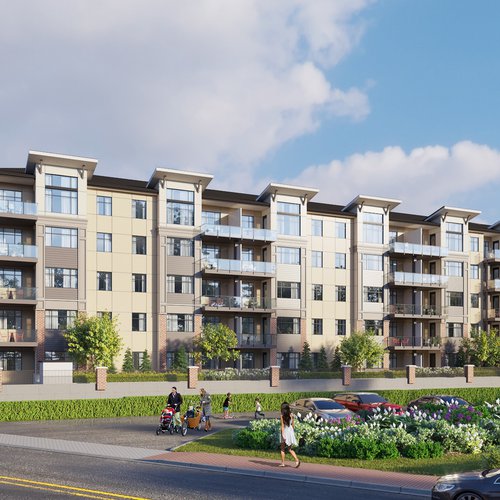July 25, 2023
tags : categories: 3D Rendering , Interior Rendering
The canvas of interior design is coloured with a palette of materials and hues, and one of the biggest challenges for interior designers is to strike the perfect balance within this palette. Traditionally, material and colour selection relied heavily on physical samples, sketches, and mood boards. While these methods have their merits, they also possess limitations in accurately representing the final design. Thanks to today’s advanced technologies like 3D rendering, interior designers can overcome these challenges and make informed decisions while selecting materials and colours for their projects.
Traditional Methods: Merits and Pitfalls
In the past, interior designers heavily relied on physical samples of materials and fabric swatches to select colours. They would create mood boards to showcase their proposed design concepts to clients. Although mood boards provide a tangible sense of the design's look and feel, they offer only a limited perspective. Lighting conditions, viewing angles, and other spatial variables can dramatically affect the appearance of colours and materials, making it challenging to accurately predict the result. In addition, comparing different colour schemes or material combinations could be a tedious process, requiring the creation of multiple mood boards.
Leveraging 3D Rendering for Material and Colour Selection
3D rendering is a groundbreaking tool that allows interior designers to visualize their design concepts in a realistic, three-dimensional space. This technology has revolutionized the process of material and colour selection, bringing several significant advantages over traditional methods.
Visualizing the Final Result

With 3D rendering, designers can apply chosen colours and materials directly to a digital model of the room. This allows them and their clients to see exactly how these choices will look in the final design. They can examine the design from various angles, in different lighting conditions, and with different combinations of furniture and accessories. This level of detail and accuracy can help avoid costly mistakes and ensure that the result aligns with the client's expectations.
Exploring Multiple Options
One of the greatest strengths of 3D rendering is its flexibility. Designers can easily swap out colours, finishes, and materials with a few clicks, allowing them to experiment with different combinations and find the perfect palette for each project. This capability significantly reduces the time and effort required to compare different design options, making the selection process more efficient and enjoyable.
Improving Client Communication and Satisfaction
3D rendering can improve communication between designers and their clients. By presenting a realistic 3D visualization of the proposed design, clients can better understand the designer's vision and provide more accurate feedback. This can increase client satisfaction, as they can 'experience' their new space before it is built and feel confident in their design decisions.
Enhanced Texture and Detailing
Textures play a significant role in interior design, adding depth and character to spaces. However, they can be difficult to convey accurately through sketches or 2D designs. 3D rendering allows designers to represent textures with high levels of detail, providing a more accurate impression of how different materials will look and feel in the space.
The Future of Material and Colour Selection with 3D Rendering
As technology advances, 3D rendering tools become more sophisticated and powerful. Future developments may include even more accurate representations of materials and colours, including the ability to simulate different lighting types or integrate with augmented reality technology. This could allow clients to 'see' the proposed design in their actual space, providing an even more immersive and realistic experience.
Conclusion
The power of 3D rendering in the material and colour selection process in interior design is indisputable. This technology provides a level of realism, flexibility, and detail that traditional methods simply can't match. It enables designers to experiment freely with different design options, improve communication with clients, and make more informed decisions.
As 3D rendering technology continues to evolve, it's set to play an even more integral role in the interior design process. Making it easier and more efficient to select the perfect palette allows interior designers to focus on what they do best: creating beautiful, functional, and personalized spaces.










